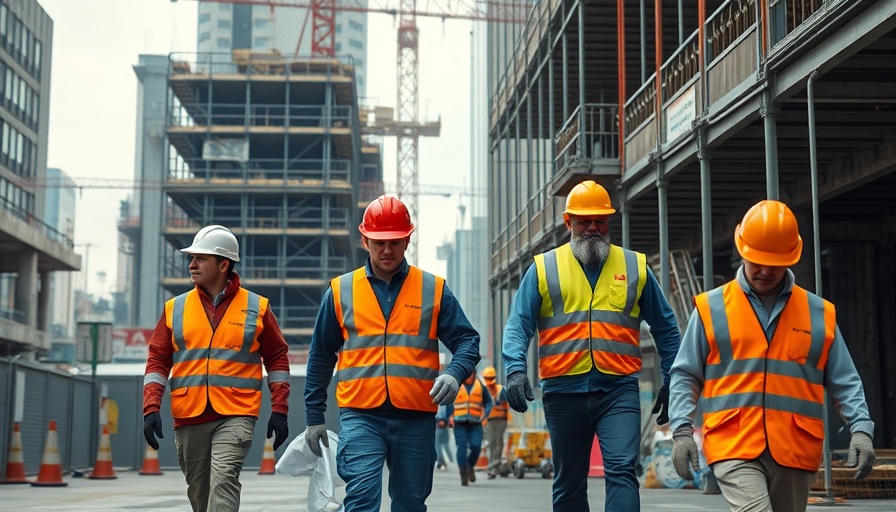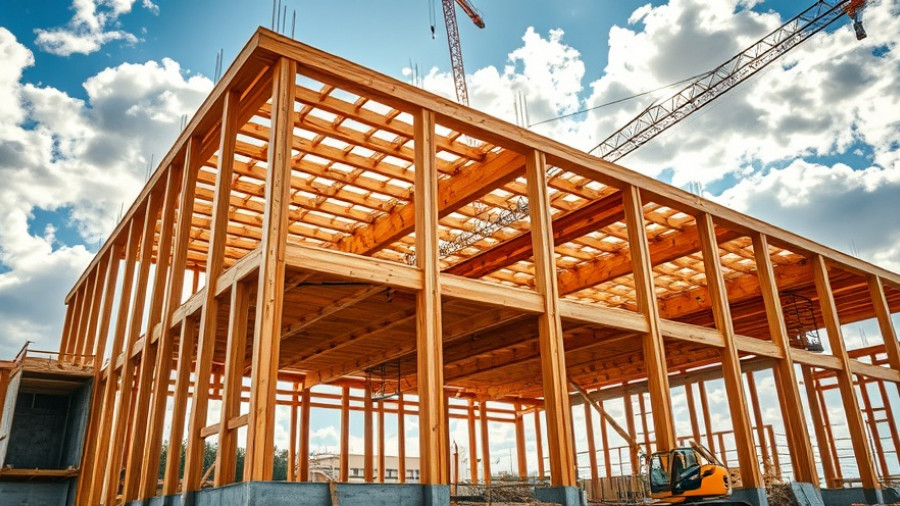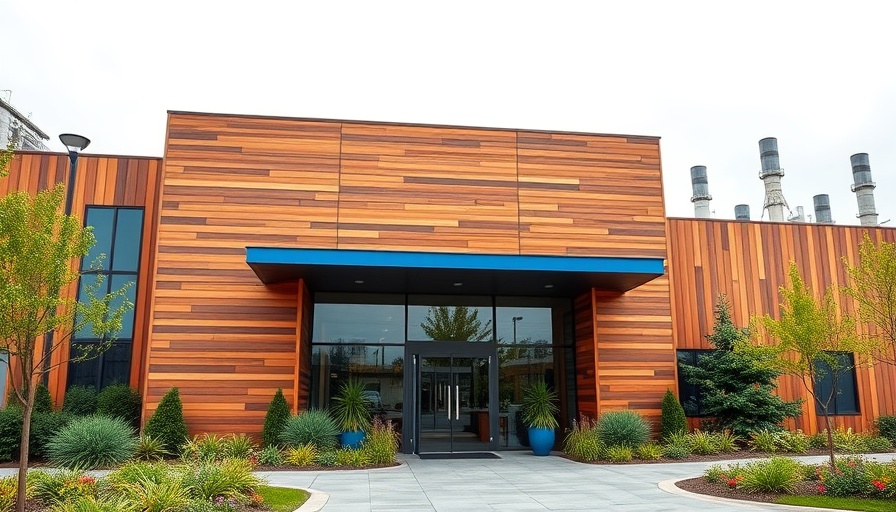
Construction Spending Cuts: A Troubling Trend
As the construction landscape faces a downturn, the latest data reveals a 0.2% decrease in nonresidential construction spending for July, leading to an annualized rate of $1.24 trillion, according to the Associated Builders and Contractors (ABC). Anirban Basu, ABC's chief economist, warns that the second half of the year may present challenges for the industry, projecting a bleak outlook that is drawing concern among business owners and property developers alike.
The Slowdown's Contributors: Insights from Industry Data
The current slide in construction spending marks the third consecutive monthly decline. Notably, private nonresidential spending fell by 0.5%, while public nonresidential construction saw a slight uptick of 0.3%. Seven sectors within nonresidential construction, including manufacturing and commercial projects, recorded spending declines, which may signal deeper trends in the industry. Factors such as rising tariffs and recurring labor shortages are at play, inhibiting contractors’ ability to maintain the momentum seen in previous years.
Understanding the Full Picture: Beyond Raw Numbers
Basu asserts that the reported statistics may mask a more profound contraction in construction activity. Except for the religious segment and a notable surge in energy-related construction spurred by data centers, most private categories have failed to sustain their pace through the first half of 2025. This trend could significantly influence strategic planning for executives within construction management.
Implications of Increased Costs and Labor Shortages
As escalating costs and labor shortages increasingly constrict project timelines and budgets, approximately 16% of contractors reported cancellations or postponements of planned projects. This erosion of project viability not only threatens individual businesses but also poses broader implications for the construction industry's recovery trajectory. With many firms grappling with inflated expenses, prudent cost management practices will be essential in navigating this challenging environment.
Strategic Planning for the Future: What Businesses Can Do
Given the predicted continuation of these trends, property developers, facility managers, and executives must adopt proactive strategies in their business operations. This includes re-evaluating project delivery methodologies, aligning procurement tactics to mitigate the effects of rising costs, and focusing on sustainable building practices that could leverage future market demands. Emphasizing competitive benchmarking can also provide valuable insights into adapting to changing market conditions.
Next Steps for Stakeholders
As construction spending contracts, stakeholders in the industry must remain agile. Corporations are encouraged to explore innovative solutions and collaborate more closely with their supply chain partners to ensure materials and labor availability. This strategic realignment can not only buffer against future spending declines but also pave the way for a more resilient construction framework moving forward.
Understanding these dynamics is crucial for making informed decisions. It is imperative for industry players to remain engaged and informed, adjusting strategies as necessary to thrive amidst uncertainty. Reach out to your construction management teams today to discuss how your projects can adapt to this changing landscape.
 Add Row
Add Row  Add
Add 




Write A Comment